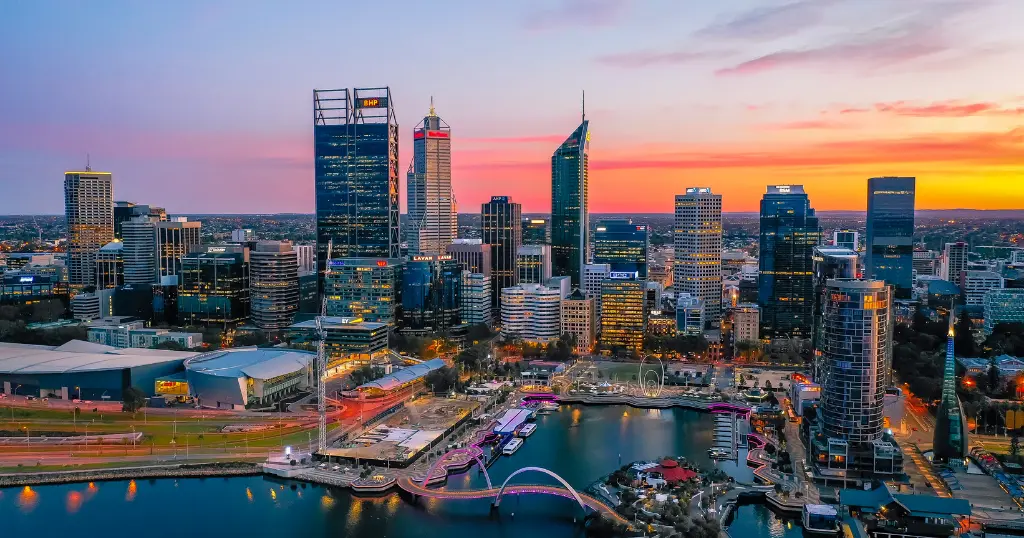Western Australia’s 2024–25 State Budget has reaffirmed the state’s strong financial footing, delivering a projected $2.5 billion surplus. This marks the seventh consecutive surplus for WA, with over $10 billion forecast across the next four years.

For businesses, the budget reflects both opportunity and caution—pairing significant infrastructure and diversification investment with signs of softening commodity revenue and increasing cost pressures.
Economic Highlights
- Surplus trajectory: Forecast surpluses between $2.4 and $2.8 billion per year through to 2028–29.
- Net debt: Rising from $33.5 billion this year to $42.5 billion by 2028–29.
- Iron ore royalties: Still the backbone of state revenue, expected to generate $8.5 billion in 2024–25, before declining to $6.6 billion in 2025–26 and stabilising at $72 USD/tonne.
The strong bottom line has allowed the government to invest heavily in economic infrastructure while maintaining a relatively low unemployment rate (3.75% forecast) and real wage growth across the forward estimates.
Investment in Economic Growth and Diversification
To reduce reliance on international markets and resource volatility, the budget includes a number of industry-supportive measures:
- $1.4 billion for the Made in WA program, aimed at growing local manufacturing. This includes the local production of electric buses, ferries, and battery components.
- $500 million boost to the Strategic Industries Fund, supporting key sectors such as advanced manufacturing, renewables, and defence.
- $217.5 million committed to the development of the new Perth Entertainment and Sporting Precinct at Burswood, designed to stimulate tourism and the events economy.
- $1.8 billion for education and training, including initiatives to help address workforce shortages through TAFE and skills programs.
These investments are intended to support long-term economic resilience and create new commercial opportunities across sectors like construction, logistics, manufacturing, and professional services.
Infrastructure Pipeline
A significant portion of the budget is directed towards transport and housing infrastructure, which may drive demand in construction, planning, engineering, and associated industries:
- $700 million to upgrade the Kwinana Freeway.
- $543 million to modernise the Kalgoorlie water pipeline.
- Over $500 million for road upgrades in the northern Perth suburbs.
- $1.4 billion to support housing supply, including modular home construction and shared equity schemes.
Cost Considerations for Employers
While there are growth opportunities, the budget also introduces increased costs that may affect business operations:
- Electricity and water charges will rise by 2.5%, without the cushion of last year’s $400 household energy rebate.
- Vehicle licence and registration costs will rise by 3.3%.
- Emergency Services Levy up by 5%, with direct impact on property and insurance-related expenses.
- Wage pressures remain elevated, with 3.75% growth forecast this year. While this supports consumer spending, it may also add pressure for employers managing labour-intensive operations.
What This Means for WA Businesses Opportunities
Strong investment in infrastructure, local manufacturing, and workforce development creates clear pathways for commercial participation, particularly in construction, technology, trades, transport, and renewables.
Risks: Rising costs of doing business, increasing debt, and softening iron ore revenue could create longer-term budget constraints. Businesses reliant on government spending should keep an eye on future fiscal adjustments.
Action points: Businesses should assess eligibility for procurement opportunities, monitor cost-of-living shifts impacting customer spending, and prepare for gradual changes in the employment market.

